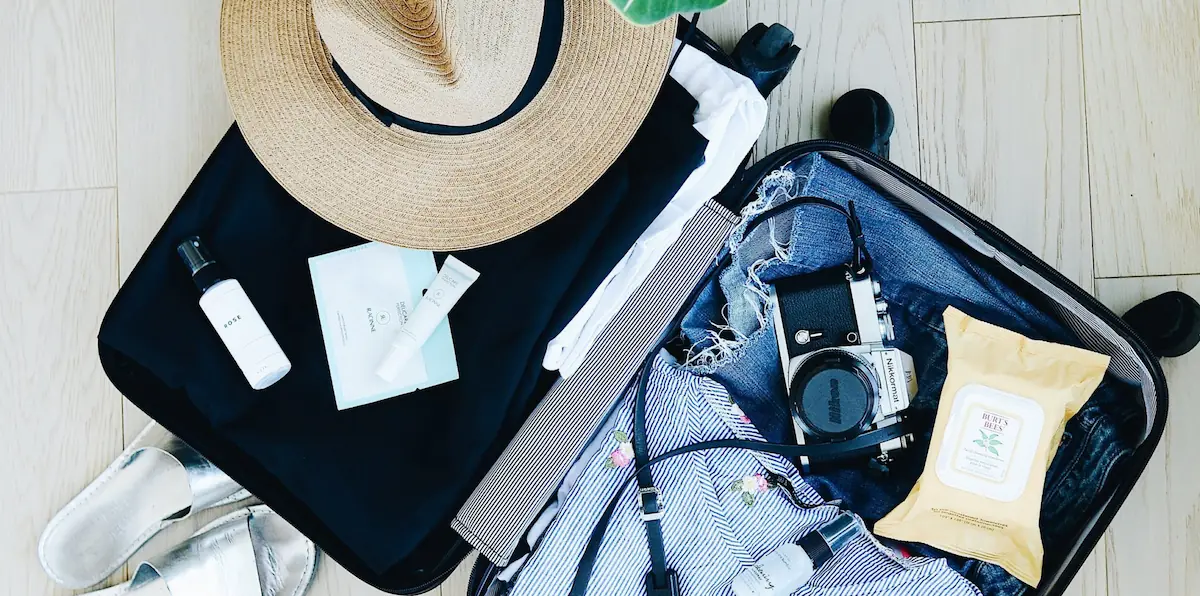If you thought COVID was tough on your school or organization, imagine being in the study abroad business. Airplanes grounded. Host families can’t take strangers into their homes. Schools around the world are closed. You can’t do study abroad on Zoom. Learn how CIEE beat the pandemic.
The Council on International Educational Exchange (CIEE) typically sends about 15,000 Americans abroad and brings another 30,000 from overseas to the U.S each year.
Then it all stopped.
So you could understand if Matt Redman, VP for High School Study Abroad, decided to put on his sweats, set his phone on silent, binge-watch reruns of “The Office,” and bake bread all day.
Instead, he did the unthinkable: In the midst of the pandemic, he started a new study abroad program in Costa Rica called High School Away. Students flew to Costa Rica and attended homeschool online alongside other adolescents in a tight COVID pod. Strong social connections let them keep up academically while experiencing another place and culture.
Redman experienced study abroad in Chile as a college student. That international perspective led him to work in the ski industry in France. When he returned to the States, his passion for enabling the transformational experience of study abroad to others translated into work for CIEE. He wasn’t going to let even a global pandemic rob young people of that opportunity.
How CIEE’S Study Abroad Programs Increase Proficiency
Even before COVID, CIEE thought outside the box. While study abroad does have the power to open minds and transform lives, it can have a seamy side as well. Some study abroad programs clearly market themselves as a way to take a break from academics and parents while surrounded by good-looking locals ready to party. CIEE takes the opposite tack.
“We give all students pre- and post-tests with Avant STAMP,” explains CIEE Language Teaching and Curriculum Specialist Katie Gallegos. “We find that our four-week programs give students about the same average proficiency gains as in a full year of high language study.” In addition, students and host families regularly evaluate linguistic and cultural growth. All of this is reported back to students and parents. “The new Avant report pages are so visually appealing and easy to understand; we just send families the link and they can see what kind of progress the student has made.”
Why CIEE Takes A Proficiency-Oriented Approach
CIEE also works with teachers to take a proficiency-oriented approach. “When a student learns something in class one morning, then goes and uses it that afternoon with real people in cultural context; that’s when magic happens,” explains Redman.
Before and after proficiency assessment also helps with program evaluation and accountability. “If we institute some curricular change, we look at the Avant STAMP results to see what effect it had,” says Gallegos.
CIEE also works to include non-traditional students. For heritage speakers and others who acquired language skills outside a formal educational setting, CIEE uses Avant PLACE to determine if they have the requisite language proficiency for one of their programs, even if they lack seat time.
Looking ahead, Redman sees a bright future for study abroad. After a year of social deprivation, adolescents are hungry for connection and adventure. But it will take a change in attitudes. “Americans are not used to risk,” says Redman. “For the foreseeable future, we will all have to learn to manage risk if we want to live full lives again. The global connections in the world are not slowing down; we have to get out and forge bonds—despite or in the face of the challenge before us.”
About Avant Assessment
Click Here To Get Started On Your Path To Proficiency





